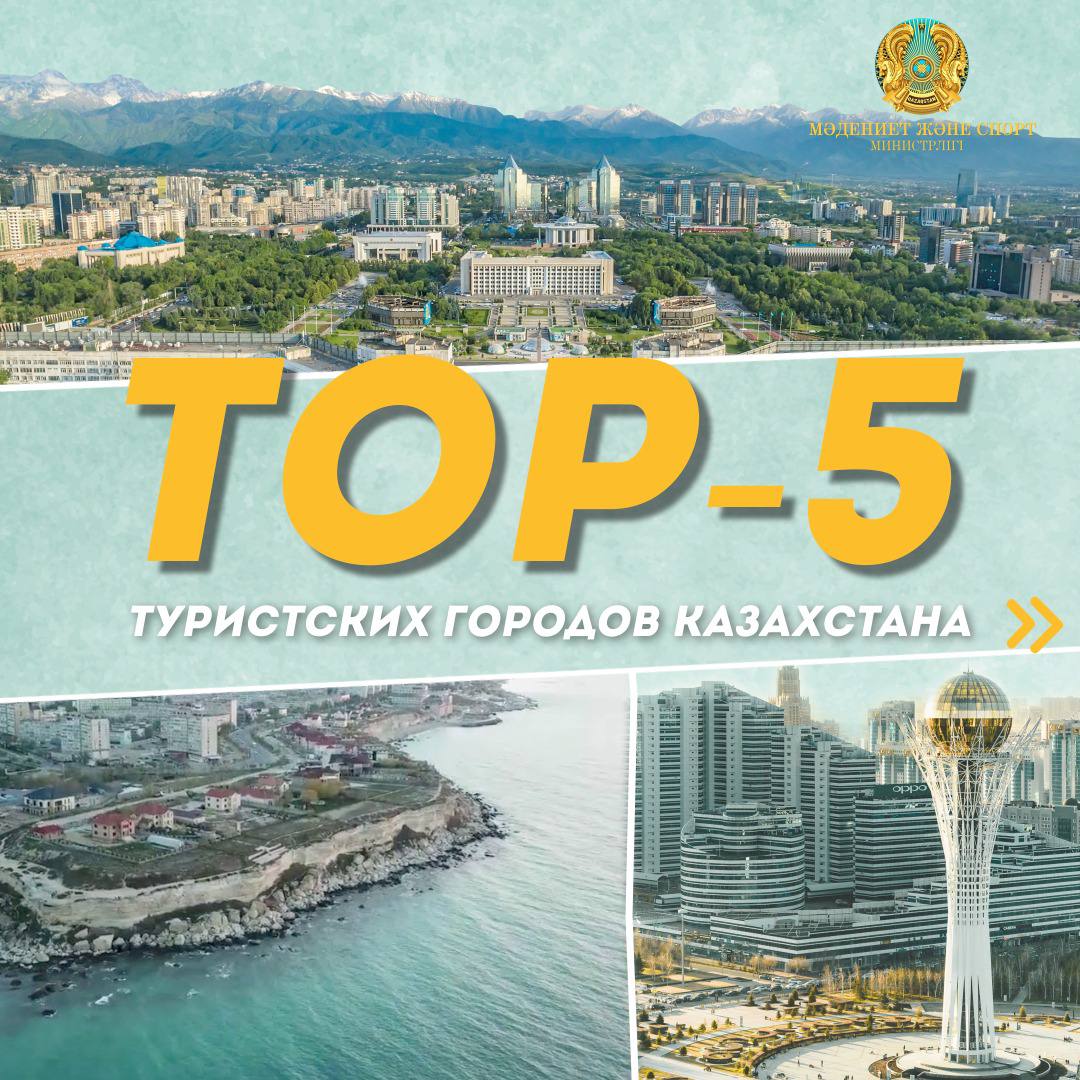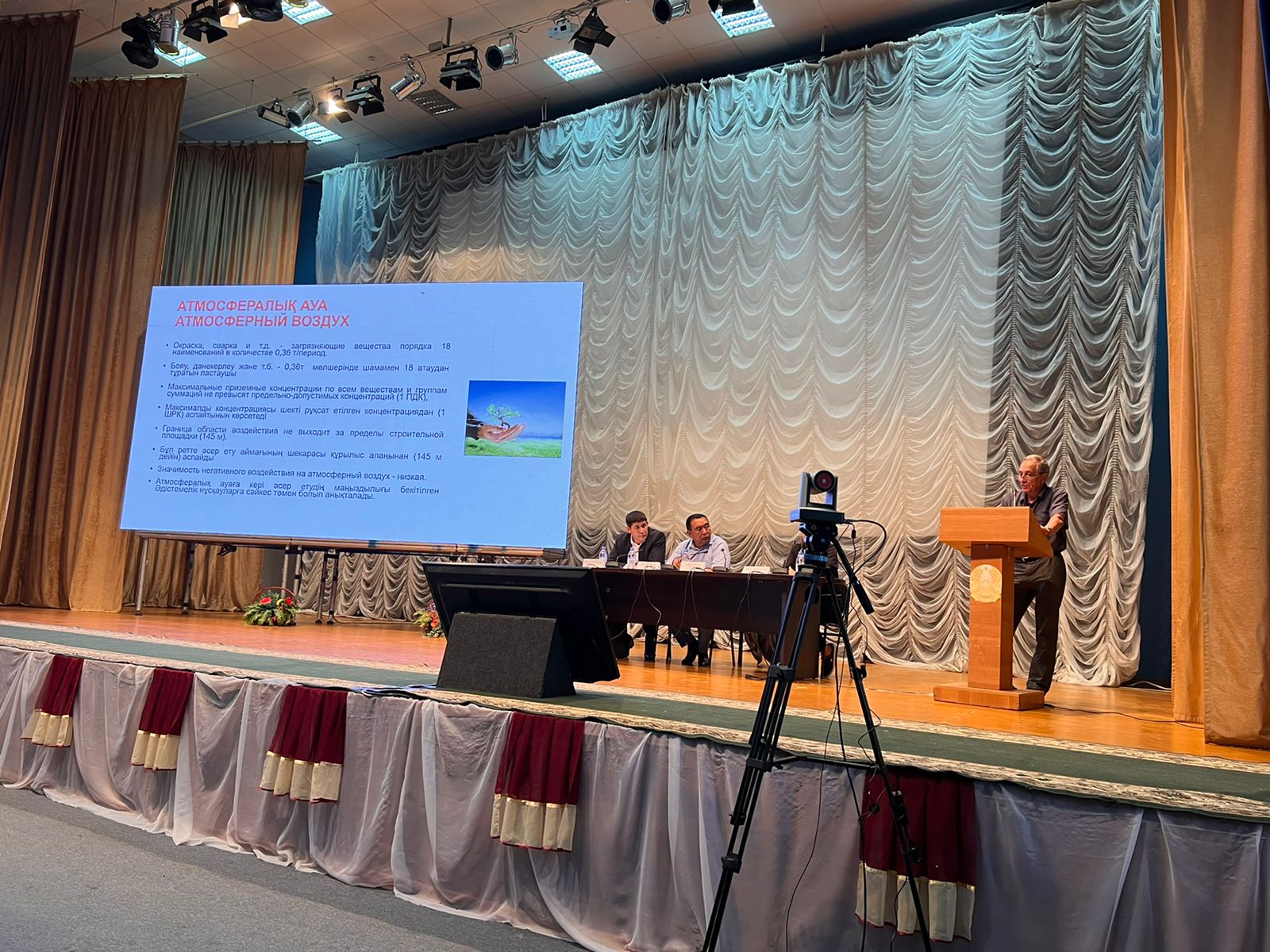Projects are being implemented in Kazakhstan to create protected natural areas and reserves, as well as to monitor the ecosystem's condition to preserve the Caspian seal population. The number of animals has decreased by 90% over the past 10 years. Comprehensive measures and coordinated actions by the Caspian states are necessary to protect the unique biodiversity of the Caspian Sea, according to Professor Nurlan Munbayev, a member of the New York Academy of Sciences.
In 2018, the Convention on the Legal Status of the Caspian Sea was signed, within the framework of which Kazakhstan, Russia, Azerbaijan, Turkmenistan, and Iran cooperate on ecological issues.
“We regularly exchange data, participate in scientific symposia and conferences. We are united by a common desire to preserve the Caspian Sea, its biodiversity, and rare species such as the Caspian seal,” said the professor.
Currently, the number of Caspian seals is about 50,000 individuals. The main factors for the population decline are the decrease in water levels in the Caspian Sea, ecosystem pollution, and the reduction of the food base.
Within the framework of national and international projects for the restoration of the Caspian seal population, comprehensive measures are being taken, including the creation of protected areas aimed at preserving their habitat.
“These territories provide safe conditions for the reproduction and restoration of the seal population. Additionally, measures are being implemented to control pollution, create artificial habitats, and regularly monitor the population. All this is yielding positive results,” said Nurlan Munbayev.
Restoration of the Caspian Seal Population: Kazakhstan Strengthens Protection Measures
06.12.2024
< Back
























































